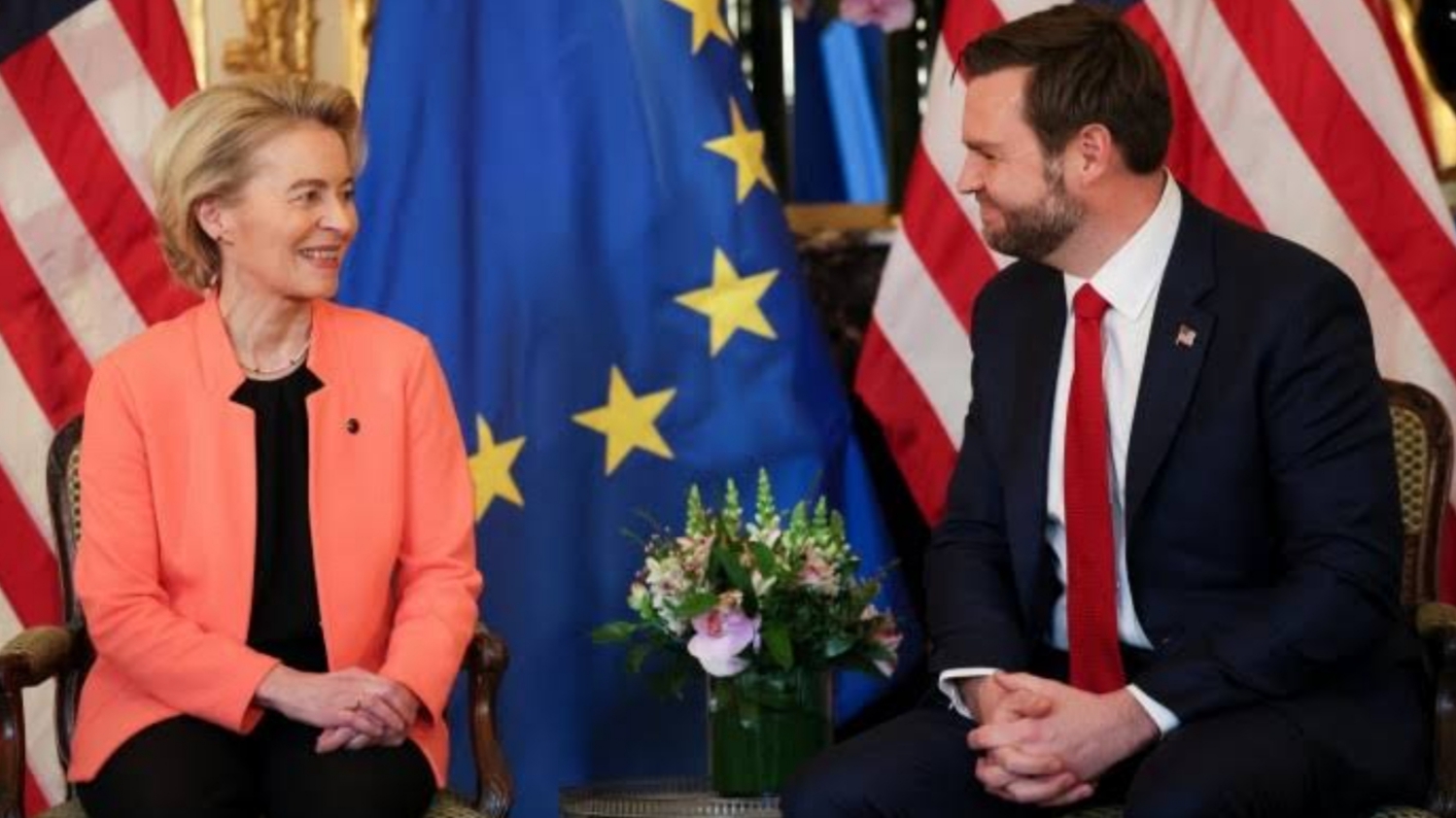In a major diplomatic win, the United States and European Union finalized a wide-reaching trade agreement just days before a critical tariff deadline, preventing what analysts warned could have been a multibillion-dollar disruption to global supply chains. The new pact reduces most tariffs to 15%, with zero tariffs on critical components like aircraft parts, green tech modules, and pharmaceuticals.
President Donald Trump framed the deal as “a triumph of fair negotiation,” while EU Commission President Ursula von der Leyen praised the breakthrough as “a roadmap to economic stability.” The agreement follows a similar U.S.–Japan accord signed earlier this month, suggesting a coordinated Western approach to trade resilience amid growing threats from China’s tightening export controls.
Notably, the EU committed nearly $600 billion in strategic investments in American infrastructure and clean tech ventures over the next five years, signaling a deepening transatlantic alliance beyond just trade.
Markets responded positively—global indices rallied, the U.S. dollar firmed, and bond yields steadied. The news brought relief to companies in sectors ranging from aerospace to agriculture that feared retaliatory tariffs and disrupted logistics.
Key Points:
Deal reduces most tariffs to 15% and eliminates others in strategic sectors.
$600B in EU investments to flow into U.S. energy, chip manufacturing, and infrastructure.
Pact may trigger pressure on China to renegotiate trade restrictions.
European and American markets surged in response; Asia followed suit.
This agreement not only prevents economic damage but reasserts Western unity in trade and technological cooperation—a major win for global economic confidence.

